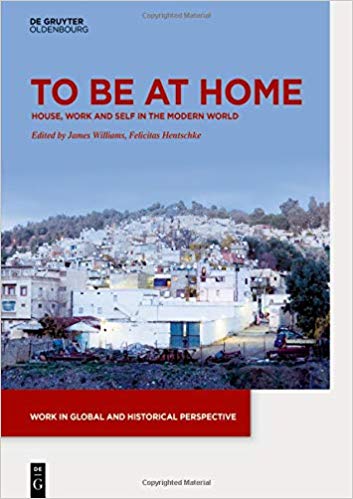Finnish newspaper Keskipohjanmaa published an article “Kasvojaan hiilestä pesevä Kiina mielii ilmastojohtajaksi – ilmansaasteet vauhdittavat muutosta” (Washing its hands of coal China wants to be a climate leader – air pollution speeds up the change) with Sanna Kopra’s interview in it.
By reducing its own air pollution China could significantly reduce climate change in the Arctic, Kopra says.
In Chinese big cities such as Beijing, air quality is sometimes extremely bad.
Kopra estimates that China could combine through black carbon two interests: cutting black carbon emissions can not only improve the air quality domestically, but also affect the Arctic. In recent years, China has been increasingly interested in the region.
Over 60% of the black carbon emissions worldwide over half, about 60%, originate from Asia, especially from China and India. Even though soot is generated far from the polar ice, it can stay in the atmosphere from a few days to weeks and end up thousands of miles away.
This and other thought-provoking insights can be read in Finnish here. Additionally, the interview was also published in Turun Sanomat and Lapin Kansa.

